Welcome to issue 82 of the Call to Comms!
This month, we had the pleasure to interview Ximena Canal Laiton, researcher at the Mixed Migration Centre. We talked about how people on the move in Latin America access information and face misinformation online, topics that resonate with our project in Latin America to display essential information in shelters for migrants and asylum seekers.
An Interview with Ximena Canal Laiton
Could you introduce yourself and give a short overview of the paper?
I’m Ximena Canal Laiton. I am a sociologist and I work as a researcher at the Mixed Migration Centre, which is a research and data center with presence in Latin America and the Caribbean, where our office is located, but also in Asia and the Pacific, in Africa and Europe.
This paper, “Online Communities, How Do People on the Move to North America Use Social Media?” contains an overview of the information shared by migrants in transit in the region in public groups on Facebook.
The paper is part of a research series in which we continue working to find out how people on the move use social media in the Americas. It’s based on the analysis of 20,606 Facebook posts published in 2022 and 2023 in public groups discussing the migration topic frequently. This part of the research was made by MMC and by Disorlab, a research center of a university in Colombia called Universidad del Rosario, who participated very actively in the research.
“We consider that if there are so many questions about the migration process, it means that there is a great need for updated information and verified information they can access easily.”
What are people on the move looking for when they use social media to access information?
According to our survey data, 50% of people that were using social media in their migration journeys used them to access information and 33% to check the news.
We found four main information needs:
- Migratory regularization processes – how to settle down in the destination countries, transit, migrate regularly…
- The migration route. Information about the journey, routes, safe places… Thit is very common in the Americas, because of the dangers of the route.
- Updated information on the changing migration context. Reports on what’s going on in the transit routes, risks, if the regularization processes are changing.
- Information about services – for accommodation, transportation: contacts, places to go and find the services, or to directly hire those services online.
To sum up, migrants on Facebook were looking for information to continue their migratory journeys regularly in the safest, quickest and cheapest way possible, which is very difficult in the region. The information they look for online is used to try to minimize the dangers and the hostile conditions of the journey.
What challenges do they face accessing this information?
We consider that if there are so many questions about the migration process, it means that there is a great need for updated information and verified information they can access easily.
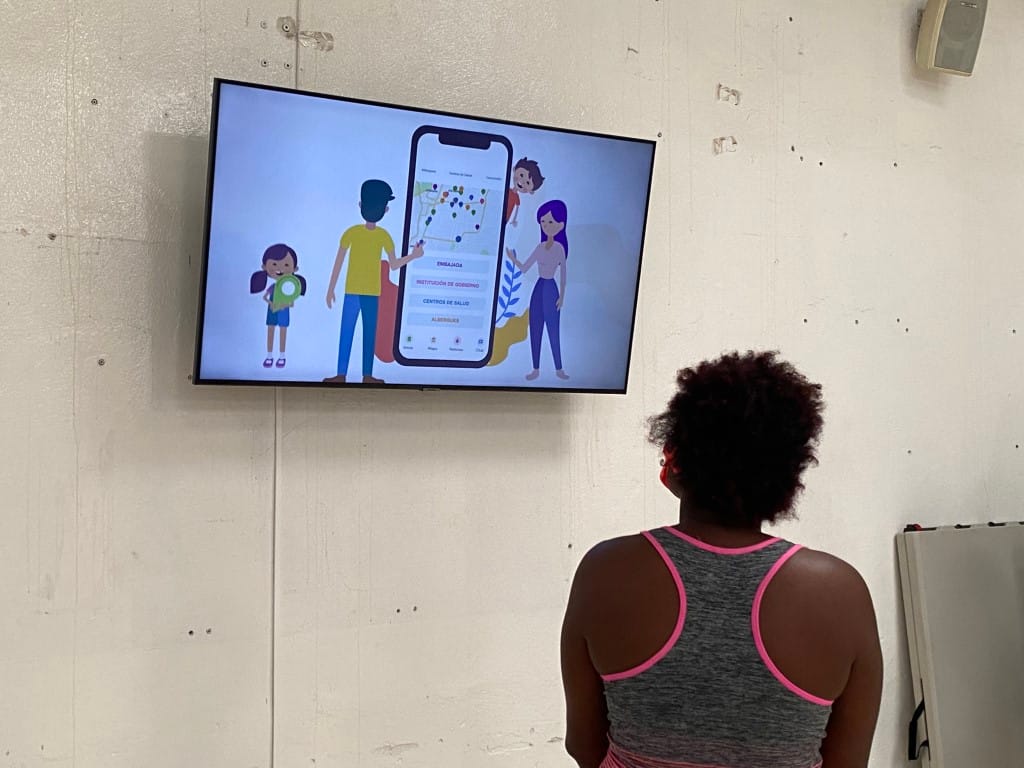
The format of the information
One challenge may be the language and the way that information is communicated. Migrants generally prefer image, video, and very short text format. Only 7% of those surveyed mentioned NGOs or UN agencies as the most reliable sources of information; they may not interact with it because the formats are textual, complex and long.
Where the information is displayed
People in transit are very tired and at risk. With their limited economic resources, they prefer to move quickly and get information on the move, which the Internet enables them to do, primarily through WhatsApp and Facebook. Another challenge is the limited presence of governmental institutions and NGOs on social media in the channels migrants use.
Online misinformation
The Internet and social media allow information to circulate rapidly, and create online communities to share it. But social media do not guarantee access to accurate, up-to-date information. Outdated, incorrect or false information may expose migrants to misinformation, manipulation campaigns or misleading offers that can put them at risk of death, sexual violence, kidnapping, human trafficking, etc. The incorrect information may also negatively affect their regularization processes because they can take an incorrect process.
“There is a big need to provide tools for strengthening people's capacity to identify misleading offers or misinformation online.”
What can be done to combat online misinformation faced by migrant populations?
To NGOs, we recommend creating clear, accurate, and simple communication strategies for social media to raise awareness about topics related with the information needs. We also recommend diversifying content formats by prioritizing audio and video, working with migrants to design and simplify the language they use to communicate.
Do you think that NGOs or local organizations should sensibilize communities on the use of social media?
There is a big need to raise awareness of the use of social media, to try to reduce the likelihood of being misled or abused and to provide tools for strengthening people's capacity to identify misleading offers or misinformation online.
How do you think the use of social media by the migrant community is going to evolve in the future?
One thing that I’ve seen evolve very quickly is the emergence of new social media platforms with audiovisual formats, particularly TikTok. Migrants have been increasingly sharing their experiences in videos and the audience has also increased, including other migrants who use other experiences as information for their own journey.
Unfortunately, as the platform grows, abusers identify the dynamics very quickly, and the rise of misinformation and misleading offers may expose migrants to abuse.
We invite everyone to consult our research. Next year, we will publish a new chapter of this research series about the perceptions of migrant populations and from host communities in Uruguay and Argentina.
See you in two weeks!



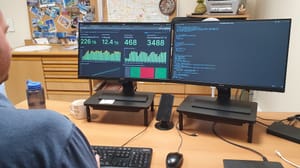
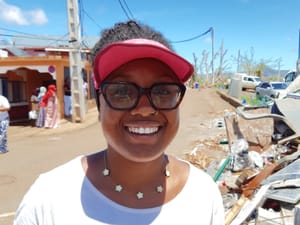
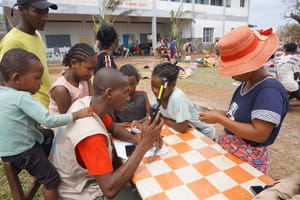


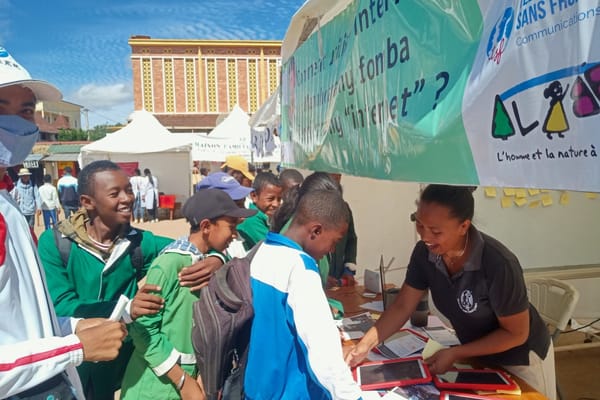
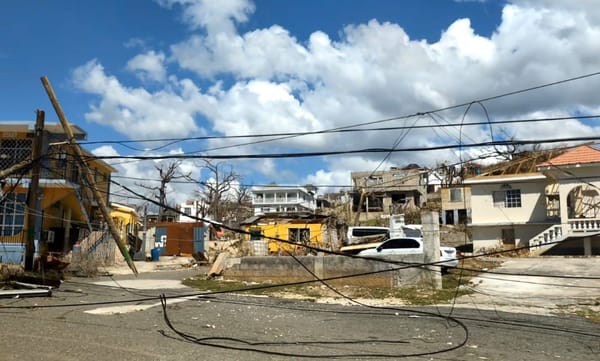

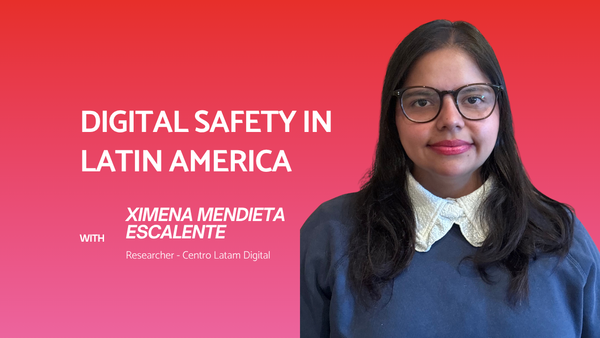
Member discussion